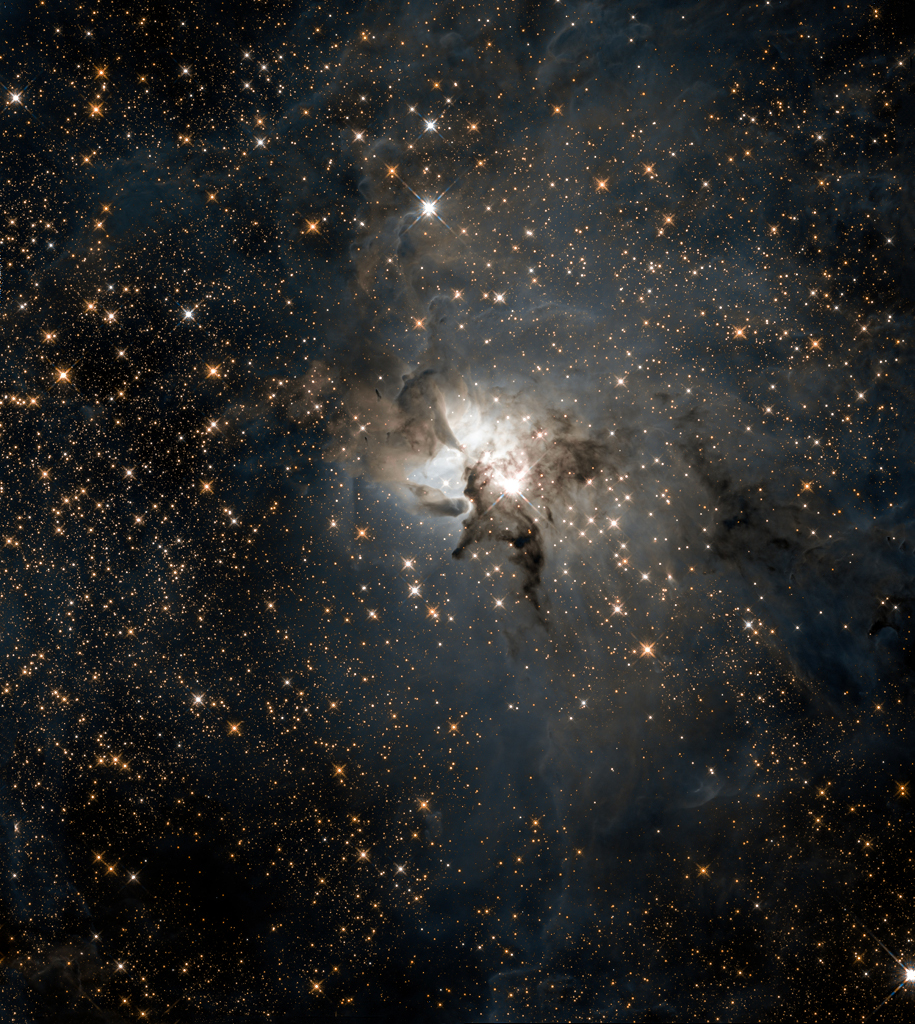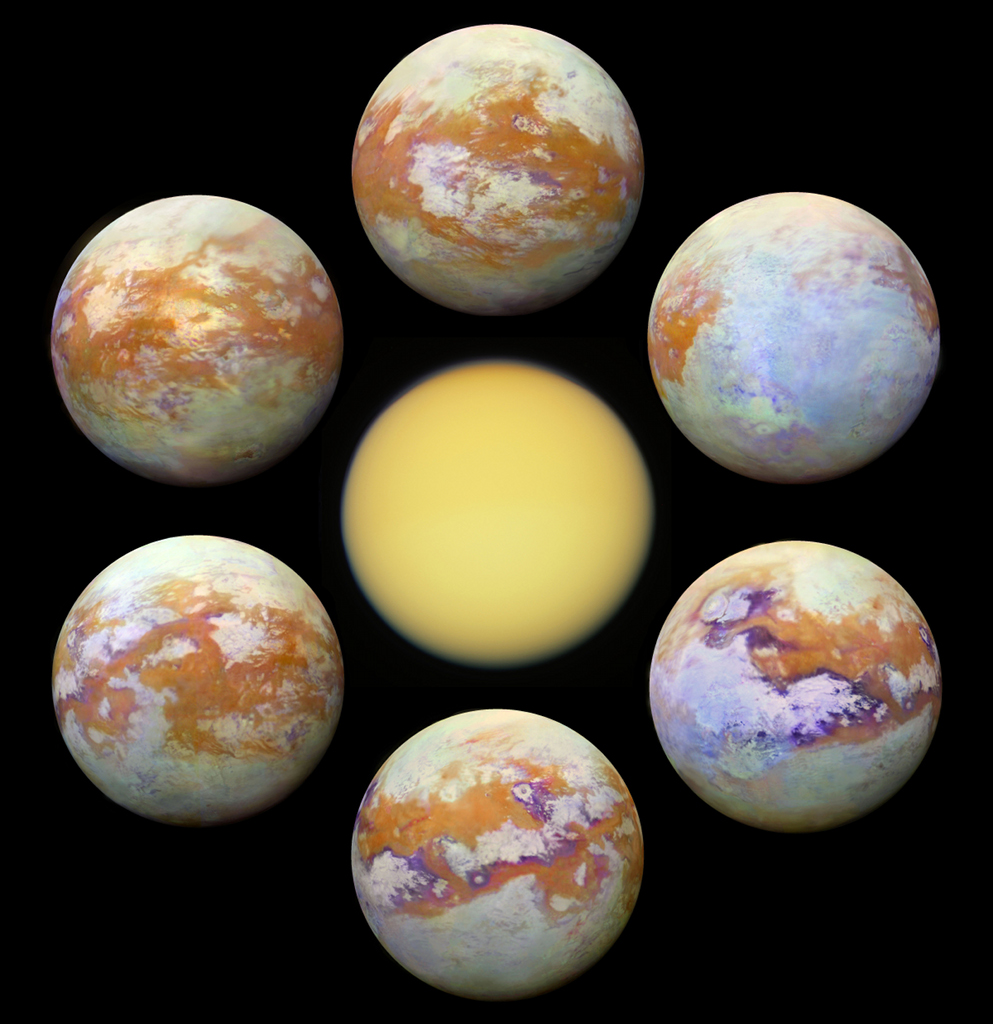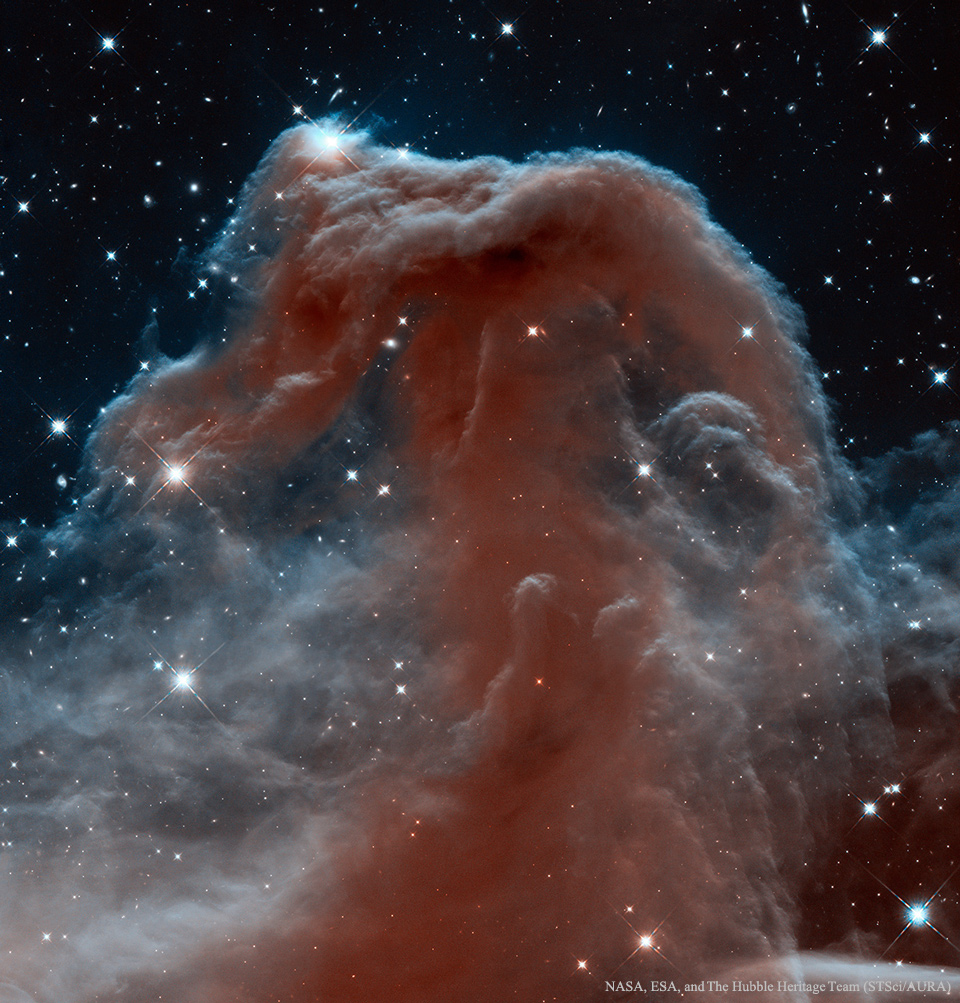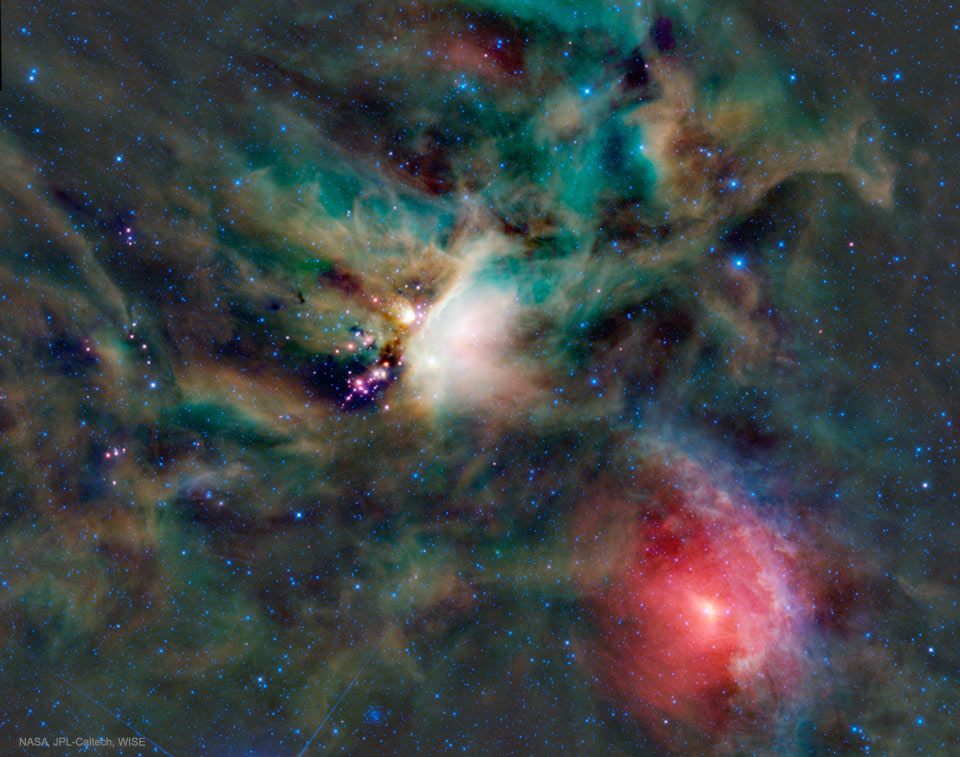火焰星云之内
2021年04月17日 Inside the Flame Nebula Image Credit: NASA, JPL-Caltech, IPAC Infrared Science Archive – Processing: Amal Biju Explanation: The Flame Nebula is a stand out in optical images of the dusty, crowded star forming regions toward Orion’s belt and the easternmost belt star Alnitak, […]










